Delving Into the Unseen
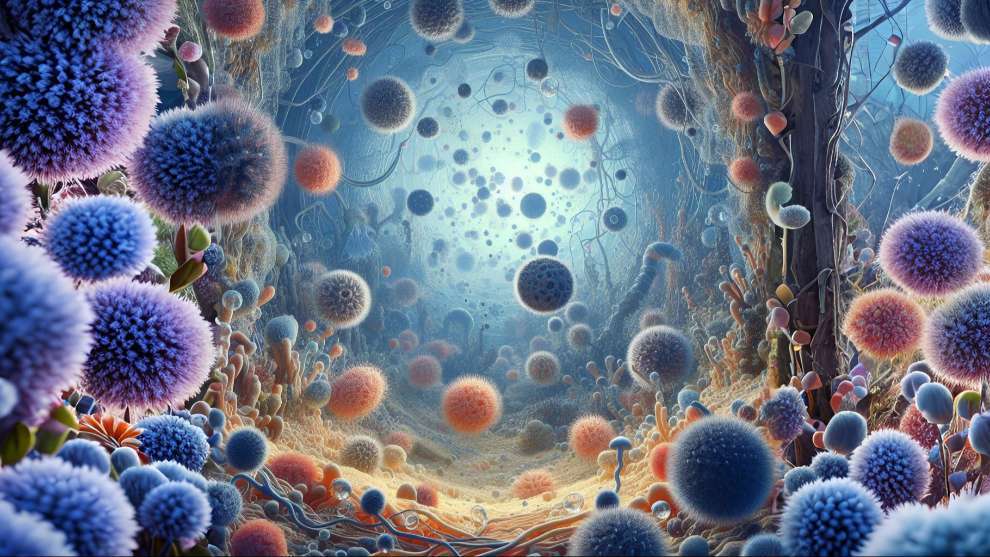 Have you ever given a thought to the bugs that are so industrious, living in the tiny cracks on the massive surface of the city? Overlooking of minute microscopic viewers and while walking along busy streets it is quite easy to imagine the invisible aspart – size tiny living creatures surrounding us and contributing to the ecosystem not paying attention as much with our eyes but with our heart. We have now unravelled the mystery of urban microbes discovering how most urban places are being occupied by microorganisms which occupies over a half of all the area of a city.
Have you ever given a thought to the bugs that are so industrious, living in the tiny cracks on the massive surface of the city? Overlooking of minute microscopic viewers and while walking along busy streets it is quite easy to imagine the invisible aspart – size tiny living creatures surrounding us and contributing to the ecosystem not paying attention as much with our eyes but with our heart. We have now unravelled the mystery of urban microbes discovering how most urban places are being occupied by microorganisms which occupies over a half of all the area of a city.
Understanding Urban Microbes
 In the middle of our concrete concrete jungles variety of microorganisms is live they are cope with the harsh environment these are providing by urban life. These microbes ranging from bacteria, fungi, and viruses occupy invisible world, but nevertheless, they determine quintessential role in ecosystem of our cities. Even though the size of microbes in urban areas is rather tiny, they are the ones that can control what happens around them, like air pollution and disease in people.
In the middle of our concrete concrete jungles variety of microorganisms is live they are cope with the harsh environment these are providing by urban life. These microbes ranging from bacteria, fungi, and viruses occupy invisible world, but nevertheless, they determine quintessential role in ecosystem of our cities. Even though the size of microbes in urban areas is rather tiny, they are the ones that can control what happens around them, like air pollution and disease in people.
Surviving in the City
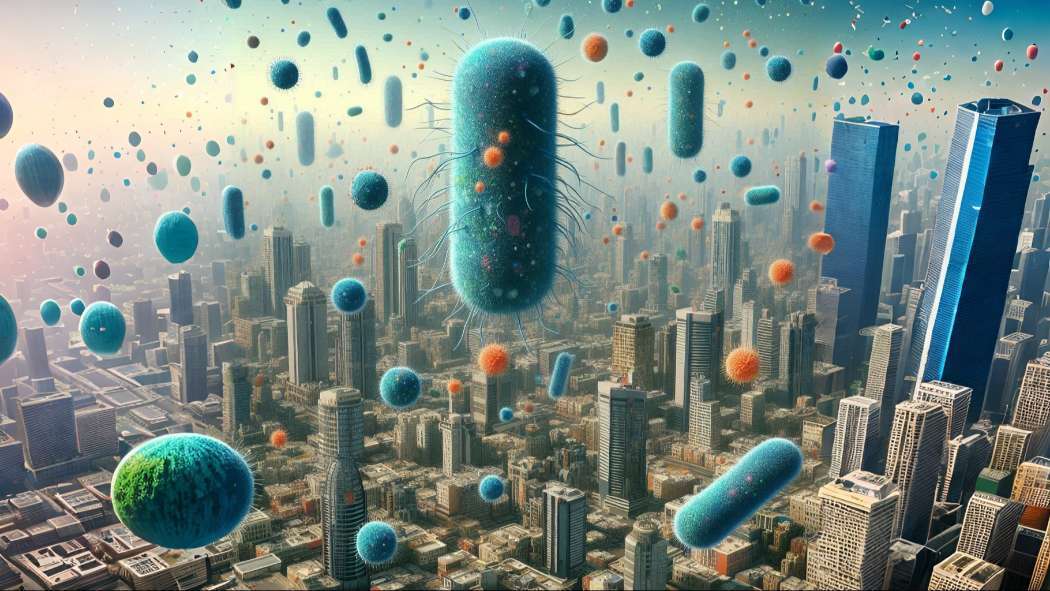 Assembled in a community manner, the microbes from urban setting also have shown the tolerance to difficulties. Ironically giving all transport reasons this right, there are inhabitants of urban areas who are able to develop exceptional lifestyle preserving skills. These attributes include both the detoxification of pollutants and the comforter of even extreme temperatures. Survival in both outdoor and building conditions of concentration has been their capability.
Assembled in a community manner, the microbes from urban setting also have shown the tolerance to difficulties. Ironically giving all transport reasons this right, there are inhabitants of urban areas who are able to develop exceptional lifestyle preserving skills. These attributes include both the detoxification of pollutants and the comforter of even extreme temperatures. Survival in both outdoor and building conditions of concentration has been their capability.
The Role of Microbes in Urban Ecology
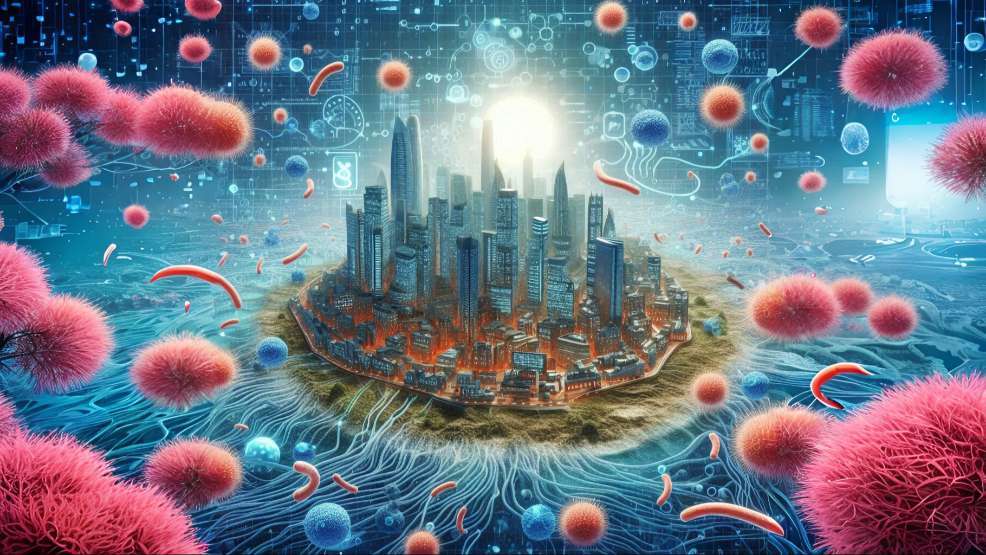 In the urban ecosystem, microorganisms perform crucial ecological services by breaking the cycles of nutrients and decomposing organic materials. Not only intricate relevant microbial communities participation in organic matter decomposition process, but also take vital role in cities' ecosystems' health and productivity. While on the one hand numerous microbial life forms stay absolutely inconspicuous, on the other, this also may seem to be the source of difficulties, as some of them remain capable of becoming a potential threat to the person’s health.
In the urban ecosystem, microorganisms perform crucial ecological services by breaking the cycles of nutrients and decomposing organic materials. Not only intricate relevant microbial communities participation in organic matter decomposition process, but also take vital role in cities' ecosystems' health and productivity. While on the one hand numerous microbial life forms stay absolutely inconspicuous, on the other, this also may seem to be the source of difficulties, as some of them remain capable of becoming a potential threat to the person’s health.
From Homes to Workplaces
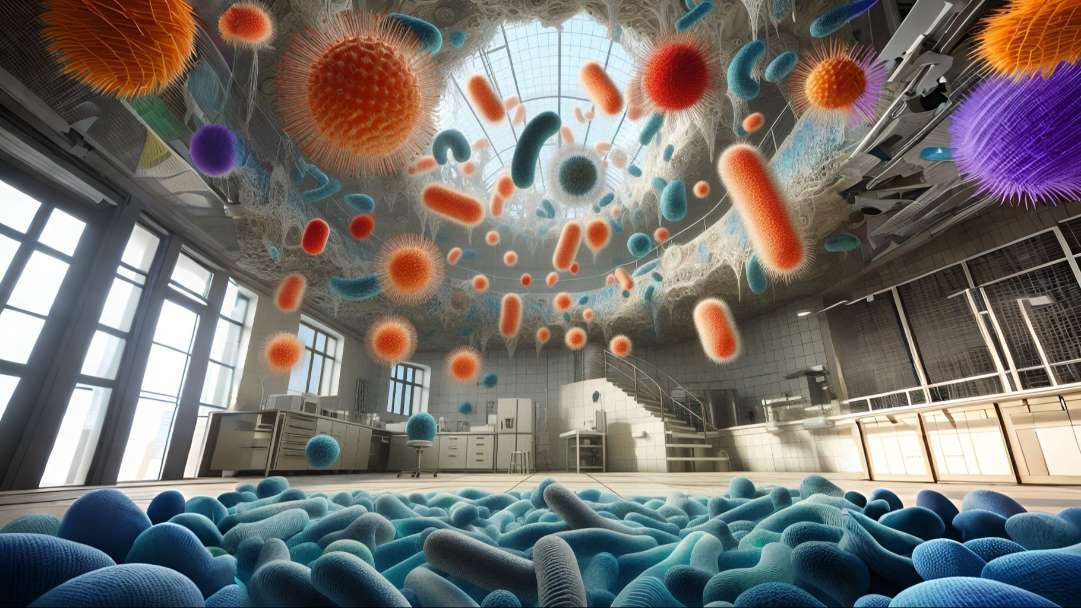 Urban microbes not only flourish in streets and sidewalks but besides that can be found in indoor places that we reside and spend most days of our lives. Start with the clean walls, ceilings, and floors of our homes to the HVAC ventilation systems of offices, and a great amount of microorganism of various types dwell and are in synergy with us , determining the composition of the microbiota. The presence if the innocents or even benecent microbes can be risky too, but particularly in limited spaces or badly ventilated places.
Urban microbes not only flourish in streets and sidewalks but besides that can be found in indoor places that we reside and spend most days of our lives. Start with the clean walls, ceilings, and floors of our homes to the HVAC ventilation systems of offices, and a great amount of microorganism of various types dwell and are in synergy with us , determining the composition of the microbiota. The presence if the innocents or even benecent microbes can be risky too, but particularly in limited spaces or badly ventilated places.
Risks and Challenges
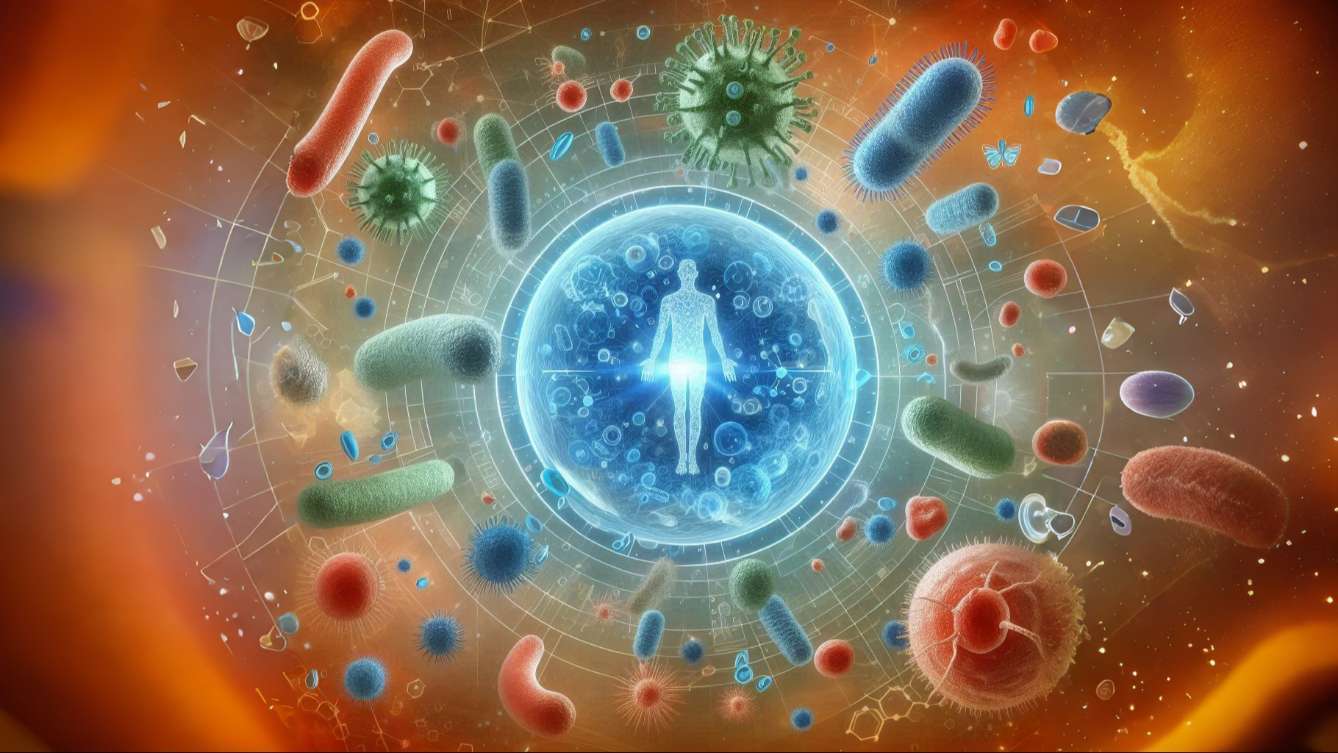 A lot of troubles and challenges come with urban microbiome's presence for human health. Pathogens spread can be faster in the crowded areas of cities therefore people can readily get to have infections of the respiratory system and other health issues. Besides, however, the increased prevalence of antibiotic-resistant bacteria in sedentary settings gives a new edge to the challenge of urban health as it imperils our capacity to fight off infectious diseases.
A lot of troubles and challenges come with urban microbiome's presence for human health. Pathogens spread can be faster in the crowded areas of cities therefore people can readily get to have infections of the respiratory system and other health issues. Besides, however, the increased prevalence of antibiotic-resistant bacteria in sedentary settings gives a new edge to the challenge of urban health as it imperils our capacity to fight off infectious diseases.
Understanding and Managing Urban Microbes
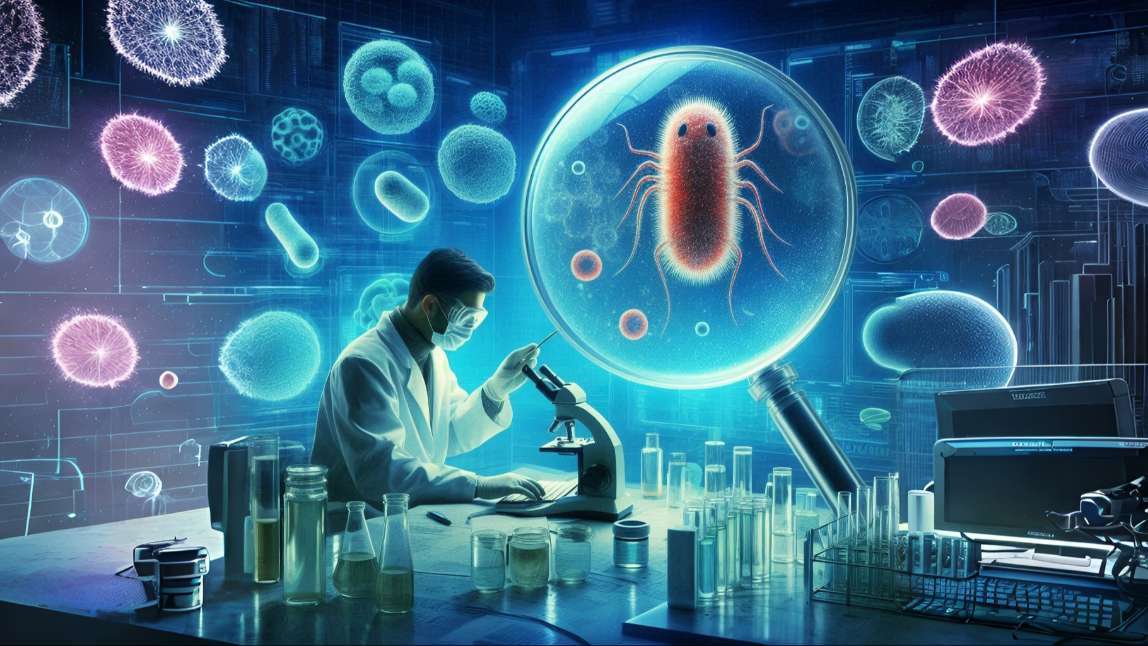 Advancements in technology have revolutionized our understanding of urban microbial communities. From metagenomic analysis to bioinformatics, these tools offer unprecedented insights into the hidden world of microbes. By leveraging these technologies, researchers can better understand the dynamics of urban microbial ecosystems and develop strategies to manage them effectively.
Advancements in technology have revolutionized our understanding of urban microbial communities. From metagenomic analysis to bioinformatics, these tools offer unprecedented insights into the hidden world of microbes. By leveraging these technologies, researchers can better understand the dynamics of urban microbial ecosystems and develop strategies to manage them effectively.Towards a Sustainable Future
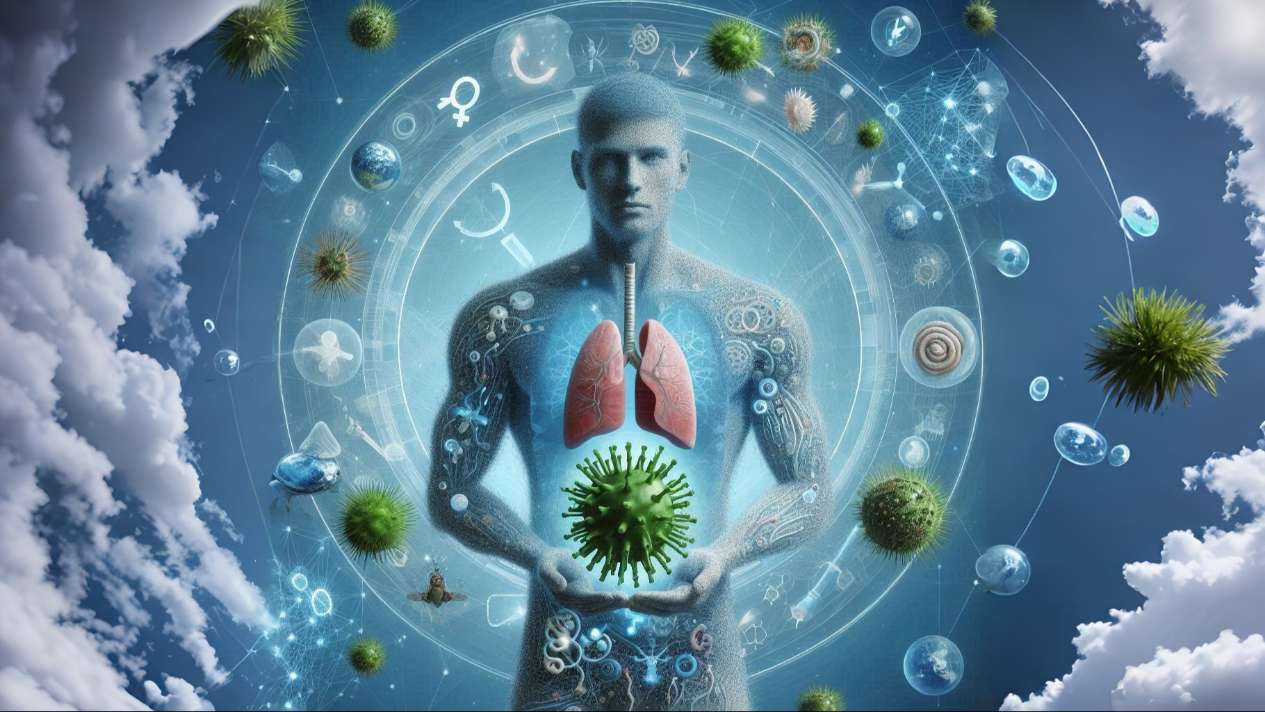 Eventually we have found that if we would accept healthy urban ecosystem only profession of multidisciplinary nature will suffice. Strategic approaches based on raising the green areas, improving the air quality and practicing the sustaining urbanism can be utilized which in turn help safe houses for humans and microorganisms. The conservation of flora and fauna along the understanding that the balance of nature exists in every way as well is how we can respect nature and make the available resources grant the cities the access to sustainability.
Eventually we have found that if we would accept healthy urban ecosystem only profession of multidisciplinary nature will suffice. Strategic approaches based on raising the green areas, improving the air quality and practicing the sustaining urbanism can be utilized which in turn help safe houses for humans and microorganisms. The conservation of flora and fauna along the understanding that the balance of nature exists in every way as well is how we can respect nature and make the available resources grant the cities the access to sustainability.
Navigating the Microscopic Metropolis
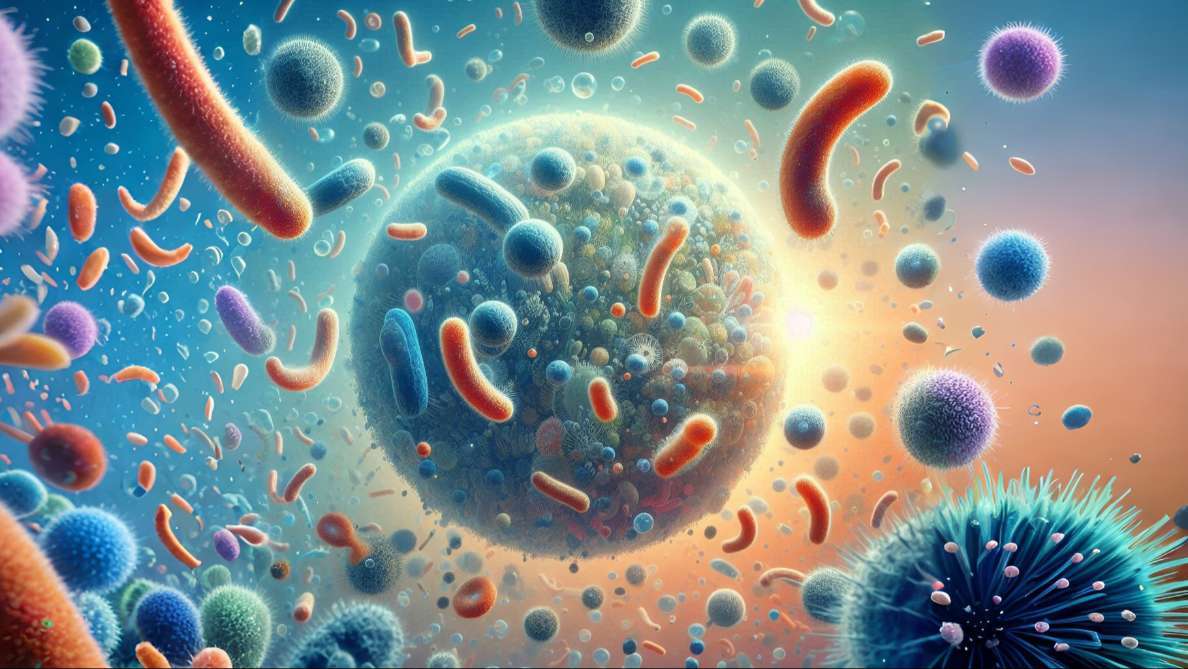 In conclusion, the hidden world of urban microbes unveils a complex and fascinating tapestry of life within our cities. From the sidewalks to the skyscrapers, microbes silently shape the environment around us, influencing everything from the air we breathe to the health of our communities. By delving into the microscopic metropolis and understanding the role of urban microbes, we can work towards creating healthier and more sustainable urban environments for generations to come.
In conclusion, the hidden world of urban microbes unveils a complex and fascinating tapestry of life within our cities. From the sidewalks to the skyscrapers, microbes silently shape the environment around us, influencing everything from the air we breathe to the health of our communities. By delving into the microscopic metropolis and understanding the role of urban microbes, we can work towards creating healthier and more sustainable urban environments for generations to come.